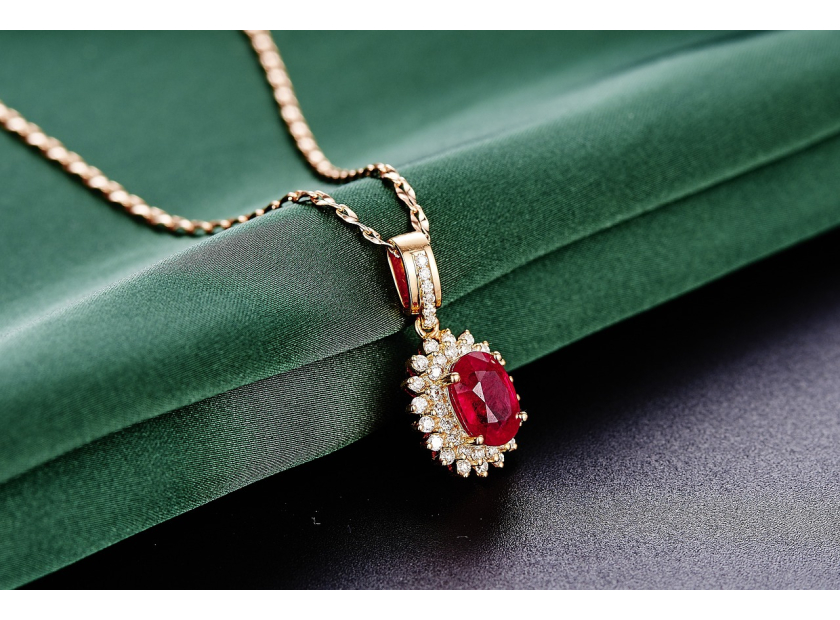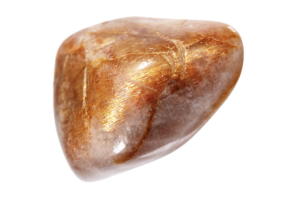USD
/
USD
/
Shipping to:
Currency:
Are Rubies Expensive? A Complete Guide to Ruby Prices
Are Rubies Expensive? A Friendly Guide to Understanding Ruby Prices
Rubies have captivated people for centuries with their deep, rich red hues and incredible durability. As one of the most sought-after gemstones, many people wonder: are rubies expensive?
The short answer is yes — but not always in the way you might expect. In this guide, we'll break down what affects ruby prices, why they’re so valuable, and how you can buy one without overspending, whether it’s for an engagement ring, a gift, or just because you love that stunning red sparkle.
What Influences the Cost of Rubies?
Several key factors influence how much you’ll pay for a ruby. Understanding these will help you make a smart, informed choice — especially when shopping for something like gemstone engagement rings or fine jewelry.
The Four Cs: Color, Clarity, Carat, and Cut
- Color: The most important factor. The finest rubies display a rich, vivid red known as “pigeon blood.” These are extremely rare and command the highest prices.
- Clarity: Like most natural gemstones, rubies often have inclusions. The fewer visible flaws, the more expensive the stone.
- Carat: Larger rubies increase in price per carat much more sharply than diamonds because of their rarity.
- Cut: A well-cut ruby maximizes its brilliance and can enhance both its color and clarity.
Origin: Where Do Rubies Come From?
The source of a ruby can have a big impact on its price:
- Myanmar (Burma): Known for producing some of the world’s most exquisite rubies, especially the famous pigeon blood variety.
- Mozambique: A newer but respected source of high-quality rubies.
- Thailand and Sri Lanka: More affordable sources, but exceptional stones from these countries can still fetch high prices.
If you want to learn more about how rubies and other gemstones are formed, check out this article on how and where gemstones and diamonds are formed.
Treatments: Natural vs. Enhanced Rubies
Most rubies are treated to improve their appearance. The most common treatment is heat, which enhances both color and clarity without damaging the stone’s integrity.
Untreated rubies with vibrant color and great clarity are extremely rare and can cost significantly more. Some lower-cost rubies are treated with lead glass filling to improve transparency, but this can affect durability and value.
Always ask about treatments when shopping, especially when browsing collections like non-traditional engagement rings where gemstone choices may include rubies.
Understanding Ruby Pricing
Ruby prices can vary dramatically based on quality, size, and treatment. A commercial-grade ruby could cost a few hundred dollars per carat, while a top-quality, untreated Burmese ruby can command tens of thousands per carat.
For example, a 2-carat heat-treated Burmese ruby might be valued around $12,000 per carat. An untreated stone of similar quality could easily exceed $30,000 per carat. These figures can change depending on market demand and rarity.
If you’re shopping for ruby jewelry as a gift, take a look at this collection of gemstone rings for beautiful and unique options.
Why Are Rubies So Valuable?
Several factors make rubies one of the most valuable gemstones in the world:
- Rarity: Fine-quality rubies are rarer than diamonds, especially in larger sizes and with excellent color.
- Historical and Cultural Significance: Rubies have symbolized passion, wealth, and protection for centuries and have adorned royalty around the world.
- Durability: Rubies score a 9 on the Mohs scale, making them ideal for everyday wear in engagement rings or wedding jewelry.
How to Buy a Ruby Without Overspending
Here are a few smart ways to get that ruby sparkle without spending a fortune:
- Choose Smaller Stones: A ruby under one carat can still be stunning but much more affordable than larger stones.
- Consider Heat-Treated Rubies: These are more common, more accessible in price, and still visually stunning.
- Explore Lab-Created Rubies: Lab-grown rubies are chemically identical to natural ones and typically cost far less. To learn more, read this helpful guide comparing lab-grown and natural gemstones.
- Look at Alternative Gemstones: Red spinel or garnet can mimic the ruby look at a fraction of the cost, although they don’t hold the same value.
Are Rubies a Good Investment?
In some cases, yes. Fine-quality rubies, particularly untreated stones from Myanmar, can appreciate in value over time. Auction records show that the world’s finest rubies have broken sales records in recent years.
However, gemstone markets can be unpredictable. If you’re considering investing in rubies, make sure you love the piece itself and aren't relying solely on its future resale value.
Frequently Asked Questions
How much does a ruby cost on average?
Ruby prices range widely. Lower-grade commercial rubies might cost a few hundred dollars per carat, while top-quality, untreated rubies can exceed $20,000 per carat.
Are rubies more expensive than diamonds?
They can be. High-quality rubies, especially untreated stones over one carat, often cost more per carat than diamonds of the same size and quality.
Why are Burmese rubies so expensive?
Burmese rubies are prized for their exceptional color, clarity, and rarity — particularly the famous “pigeon blood” red hue.
Can I find an affordable ruby?
Yes. You can find beautiful rubies at lower price points by choosing treated stones, lab-created rubies, or smaller sizes. You’ll find plenty of options when browsing collections like gemstone engagement rings.
How do I know if a ruby is real?
Always buy from a trusted jeweler and request certification from a reputable gemological lab. This will verify the authenticity and quality of the ruby.
Whether you’re shopping for an engagement ring, a gift, or just curious about the question are rubies expensive, knowing what influences their price and value will help you shop smarter. Explore your options — from natural gems to ethical lab-created alternatives — and choose a piece that matches your style and budget.








